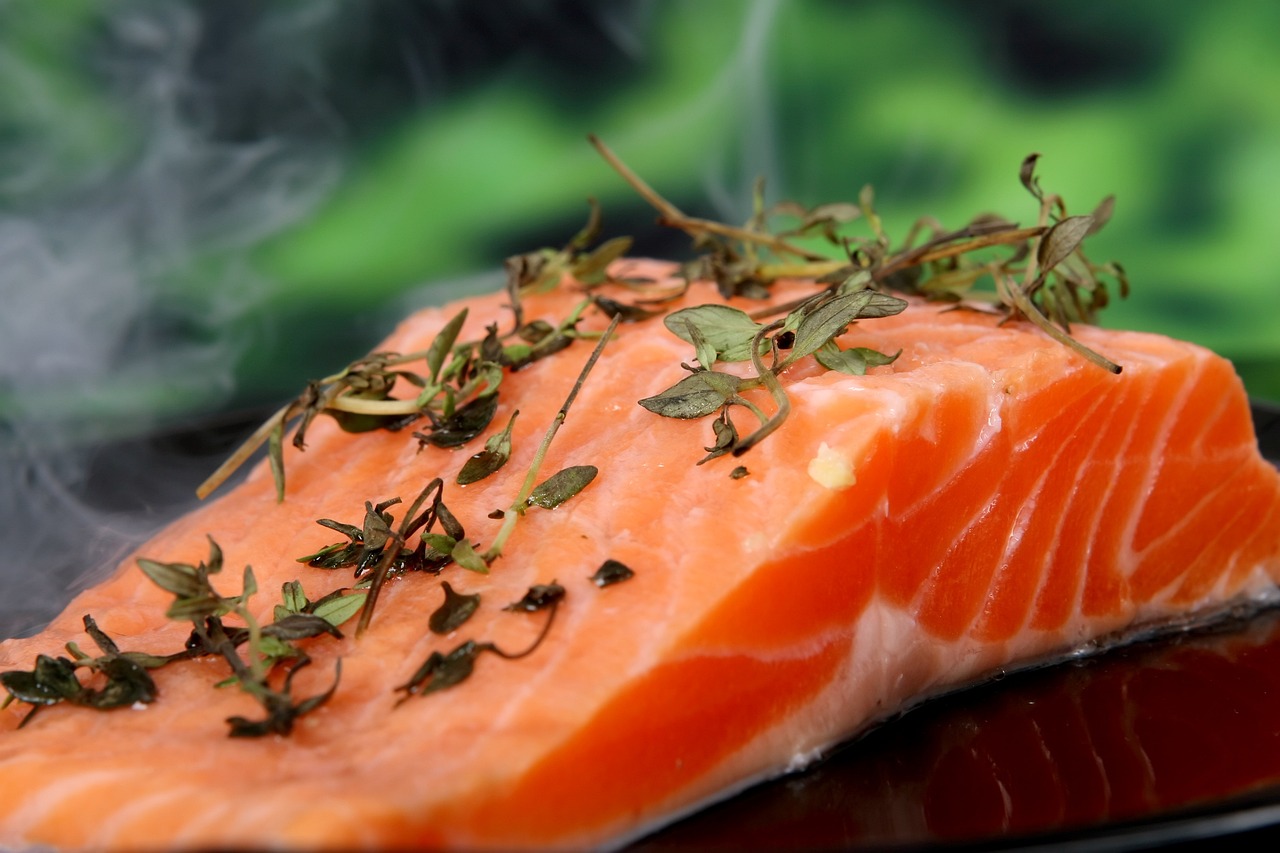Sustainable Food Distribution Models: Supporting Local Producers and Reducing Food Miles
Local producers in traditional food distribution systems often encounter various obstacles that hinder their ability to effectively reach consumers. One common challenge is the lack of direct communication and relationship-building with end customers. In traditional systems, producers rely on intermediaries such as wholesalers and retailers to distribute their products, resulting in a disconnection from the end consumer.
Additionally, local producers face difficulties in maintaining control over pricing and margins in traditional distribution systems. With multiple layers of middlemen involved, producers often have little say in the final retail price of their products. This lack of control can significantly impact the profitability of local producers and their ability to sustain their businesses in the long run.
Advantages of Direct-to-Consumer Models for Local Producers
Direct-to-consumer models offer local producers the opportunity to establish direct connections with customers. By bypassing intermediary channels, producers can retain greater control over pricing and product placement, thereby potentially increasing their profit margins. This direct interaction also allows producers to gather immediate feedback from consumers, enabling them to make swift adjustments to meet market demands.
Moreover, direct-to-consumer models promote transparency in the production process. By selling their goods directly to customers, producers can educate them about their farming or manufacturing practices, building trust and loyalty. This transparency not only fosters stronger relationships with consumers but also helps producers differentiate themselves in a crowded marketplace, highlighting the quality and uniqueness of their products.
Impact of Food Miles on the Environment and Public Health
The concept of food miles has gained increasing attention in recent years due to its potential impact on the environment and public health. Food miles refer to the distance food is transported from the point of production to the consumer. The transportation of food over long distances contributes to increased carbon emissions, air pollution, and traffic congestion, all of which can have detrimental effects on the environment.
Moreover, the reliance on long-distance food transportation can lead to a decrease in the nutritional value of food products. Fruits and vegetables that are transported over long distances often require harvesting before they are fully ripe, which can result in a loss of nutrients during the transportation process. This not only affects the quality of the food but also has implications for public health, as consumers may be receiving less nutritious food than if they were able to purchase locally grown produce.
Food miles refer to the distance food is transported from the point of production to the consumer
Transportation of food over long distances contributes to increased carbon emissions, air pollution, and traffic congestion
Reliance on long-distance food transportation can lead to a decrease in the nutritional value of food products
Fruits and vegetables transported over long distances often require harvesting before they are fully ripe, resulting in a loss of nutrients during transportation.
What are food miles?
Food miles refer to the distance food travels from where it is produced to where it is consumed.
How do food miles impact the environment?
The transportation of food over long distances contributes to carbon emissions, air pollution, and traffic congestion, all of which have negative effects on the environment.
How do food miles impact public health?
Food that travels long distances may lose nutritional value and freshness, leading to a decrease in the quality of the food we consume, which can have negative implications for public health.
What are some challenges faced by local producers in traditional food distribution systems?
Local producers often struggle to compete with larger, long-distance food producers who have access to economies of scale and established distribution networks.
What are the advantages of direct-to-consumer models for local producers?
Direct-to-consumer models allow local producers to bypass traditional distribution channels, retain more of the profits from their products, and build stronger relationships with their customers.
How can consumers reduce the impact of food miles on the environment and public health?
Consumers can support local producers by buying locally sourced food, participating in farmers markets, and choosing products with shorter supply chains whenever possible.







